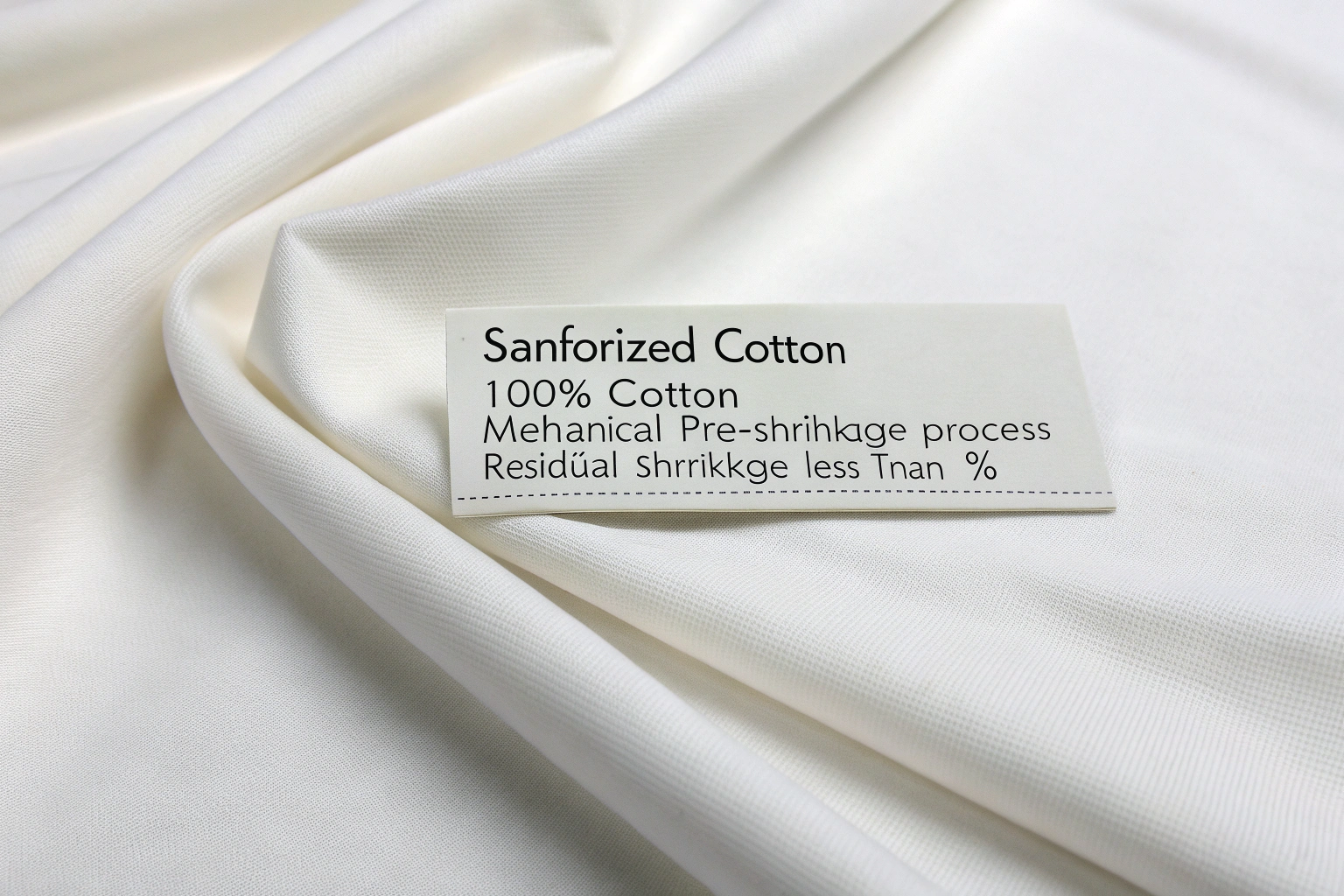As a fabric supplier dealing with clients like Ron from the U.S., I get this question a lot. You love natural cotton for its comfort and breathability, but you hate the surprise of a shrunken garment after the first wash. It's a major headache that can lead to customer returns and damage your brand's reputation. Understanding fabric behavior, especially shrinkage, is crucial for anyone sourcing apparel from overseas.
Sanforized cotton is 100% cotton fabric that has been mechanically pre-shrunk using a controlled compressive process. This patented treatment significantly reduces the fabric's residual shrinkage, typically to less than 1%. So, yes, sanforized cotton does prevent most of the shrinkage you'd expect with untreated cotton. It's the industry's go-to solution for achieving dimensional stability in cotton textiles, ensuring the garment size stays consistent after washing.
This is more than just a fabric feature; it's a critical quality control checkpoint. For buyers sourcing from China and Asia, specifying sanforized cotton is a simple way to mitigate a significant production risk. Let's dive deeper into what this process really means for your business.
What is the sanforizing process?
You've placed a large order for cotton t-shirts, but after the first wash, they're all a size too small. The problem likely started at the mill, before the fabric even reached the cutter. The sanforizing process is a preventative measure designed to stop this exact scenario from happening. It's a physical treatment that tackles the inherent instability of untreated cotton.
The core of the sanforizing process involves controlled mechanical compression. The fabric is fed through a special machine where it is dampened with steam. It is then forced against a heated, curved rubber belt, which compresses the weave structure. This action physically pushes the yarns closer together, mimicking the shrinkage that would normally occur during a consumer's first wash. Finally, the fabric is dried under tension, "setting" this new, stable state. This is not a chemical treatment but a mechanical one, altering the fabric's physical memory.
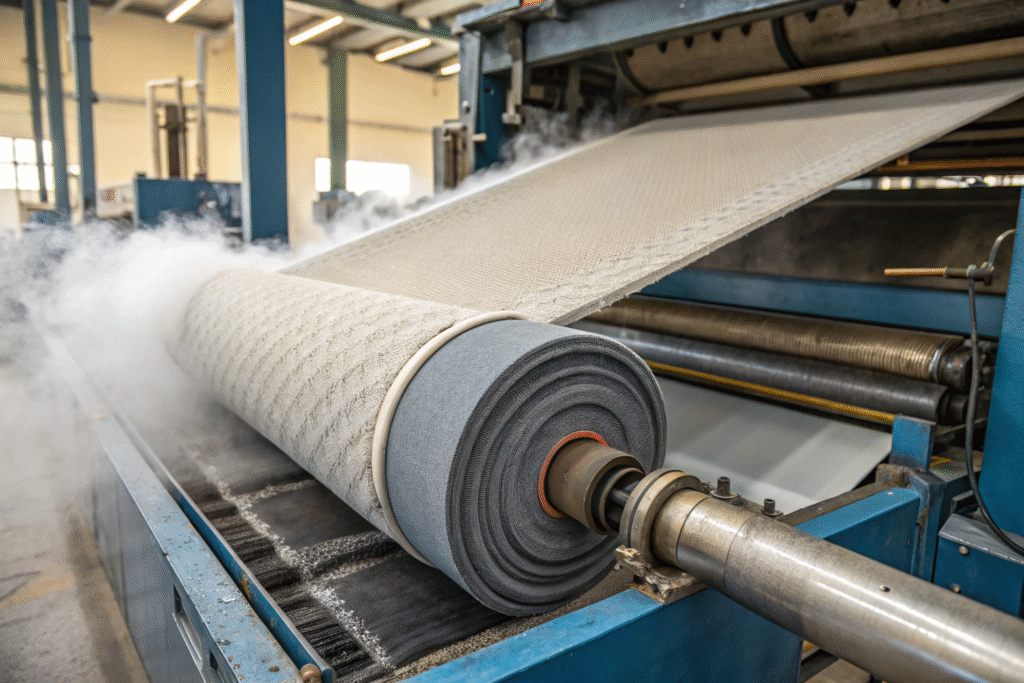
How does the machine control shrinkage?
The heart of the operation is the sanforizing machine. It doesn't just randomly squeeze the fabric. The process is precise and controlled. The key component is the rubber belt that the fabric is pressed against. As the belt moves from a curved to a flat surface, it contracts. This contraction forces the cotton fabric to contract with it, uniformly compressing the weave. The amount of moisture, heat, and pressure is carefully calibrated based on the specific weight and weave of the cotton fabric. This ensures consistent results across different production batches, a vital aspect of reliable bulk manufacturing.
What are the fabric stages before treatment?
The fabric doesn't go directly from the loom into the sanforizer. Proper preparation is key. Typically, the cotton cloth has already undergone several steps. First, it's woven. Then, it goes through desizing to remove the protective coating on the warp yarns. Next, it's scoured and bleached to remove natural impurities and achieve a clean, white base. The fabric is often dyed or printed at this stage. The sanforizing process usually comes after these wet processing steps but before the final finishing. Treating the fabric at this point ensures the dimensional stability is locked in for its final form.
How much does sanforizing reduce shrinkage?
This is the bottom line for any business owner: risk reduction. When you're importing containers of clothing, even a small percentage of shrinkage can translate into massive financial losses and logistical nightmares. Understanding the quantifiable benefit of sanforizing is key to making informed sourcing decisions.
Sanforizing dramatically reduces cotton shrinkage. While untreated, loom-state cotton can shrink by 10% or more, sanforized cotton is certified to have a residual shrinkage of less than 1%. Most reputable mills, including our partners, consistently achieve shrinkage rates between 0.5% to 1% for woven cotton fabrics like poplin and twill. This performance is verified through standardized test methods like the AATCC Test Method 135, which simulates home laundering. This means a t-shirt that was 30 inches long when produced will only shorten by about a quarter to a third of an inch after washing.
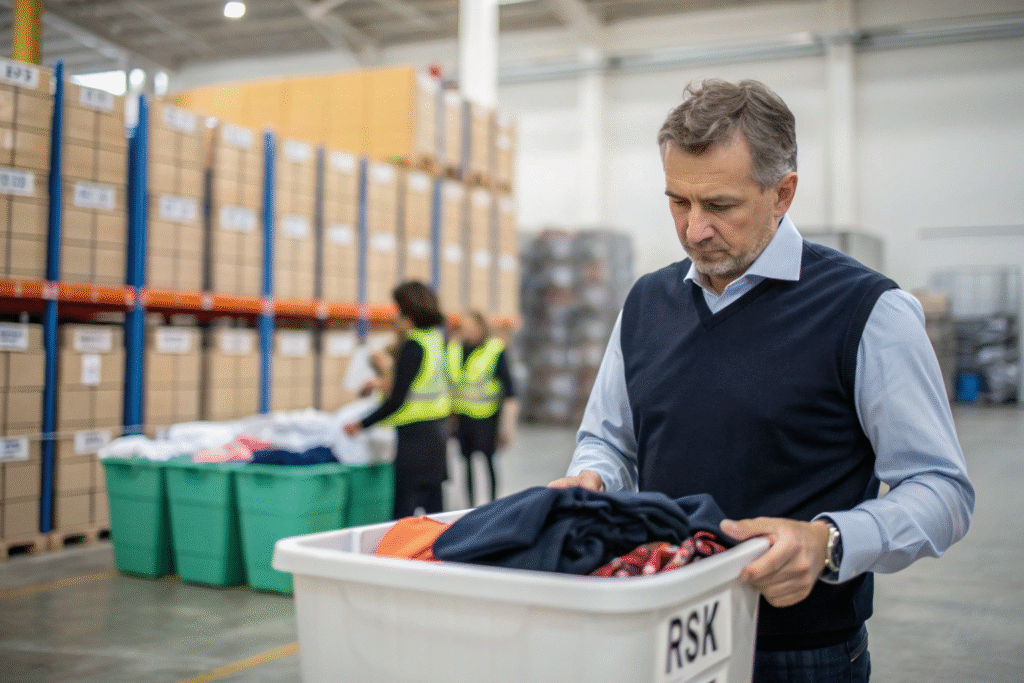
Is there a standard shrinkage test method?
Yes, the industry relies on standardized tests to provide objective, comparable data. The most common standard is the AATCC Test Method 135. This test involves measuring precise fabric markers before and after multiple controlled washing and drying cycles. The results are calculated as a percentage change. This scientific method removes guesswork and ensures that when we claim a fabric has less than 1% shrinkage, it's backed by verifiable data from our CNAS-accredited lab. This reliability is why major brands insist on certified test reports for every fabric shipment.
Can you compare treated vs. untreated cotton?
The difference is stark and immediately visible. Let's take a common scenario: a 100% cotton polo shirt.
| Feature | Unsanforized Cotton | Sanforized Cotton |
|---|---|---|
| Initial Shrinkage | Can be 10% or more | Less than 1% |
| Garment Fit Post-Wash | Unpredictable; often too tight/short | Consistent with original size tag |
| Consumer Satisfaction | High risk of returns | High satisfaction and repeat purchases |
| Best For | Vintage-style or intentionally shrinkable items | Reliable mass-market apparel, uniforms |
As the table shows, for most commercial applications, unsanforized cotton is a significant business risk. Sanforized cotton provides the predictable performance that modern supply chains and consumers demand.
What are the pros and cons of sanforized cotton?
Every sourcing decision involves a trade-off. While sanforized cotton is a fantastic solution for stability, it's not a magical fabric that solves every single problem. A professional buyer like Ron needs to understand the complete picture to balance quality, cost, and application.
The primary advantage is undeniable: superior dimensional stability and predictability. This leads to fewer customer complaints, a stronger brand reputation for quality, and simplified garment pattern-making. However, the process isn't free. It adds a small but notable cost to the fabric, and it can slightly reduce the fabric's natural softness and breathability because the weave is mechanically compressed. For the vast majority of applications, the pros massively outweigh the cons.
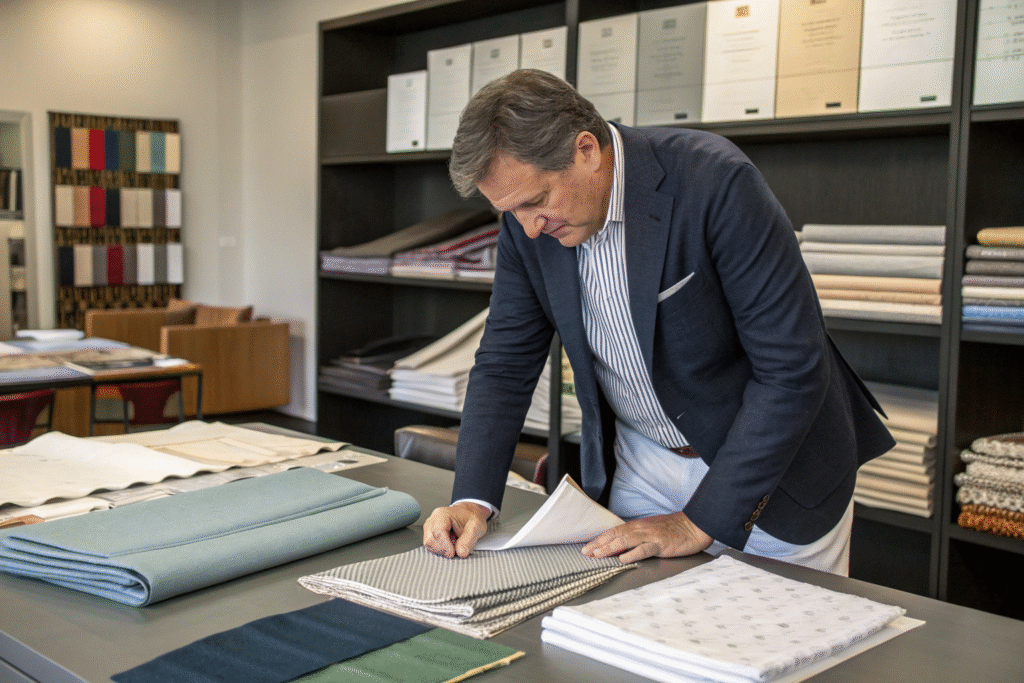
Why does it cost more than untreated cotton?
The cost increase is straightforward. The sanforizing process requires specialized, expensive machinery and consumes energy (steam, heat) and labor. It's an entire additional step in the fabric production timeline. You are paying for the mill's investment in this technology and the operational cost of running it. This cost is a form of insurance. Paying a few extra cents per meter of fabric safeguards against the potentially massive cost of a recalled or returned product line, making it a very wise investment for bulk orders.
Are there any downsides to the final fabric?
For most standard apparel, the downsides are minimal. The most common observation is that the fabric can feel slightly stiffer initially compared to its unsanforized counterpart. This is because the process compacts the yarns. However, this is often temporary; after a few washes, the fabric softens up naturally while retaining its size. For applications where an ultra-soft, "lived-in" hand feel is the primary goal from day one (like some premium loungewear), a unsanforized or ring-spun cotton might be preferred, with the understanding that it will shrink.
How to verify fabric is sanforized for import?
You've specified "sanforized cotton" on your purchase order, but how can you, as an importer thousands of miles away, be sure you're getting what you paid for? Trust is good, but verification is essential in international trade. This is where a robust quality control protocol becomes your most powerful tool.
Verification happens through a combination of documentation, communication, and physical inspection. Reputable suppliers will provide a test certificate from an independent, third-party lab like SGS or ITS that explicitly states the fabric's shrinkage percentage after testing. Furthermore, a professional QC team, like ours at Fumao, will conduct in-house tests and be transparent with the data. Don't hesitate to ask your supplier for this proof before shipment.
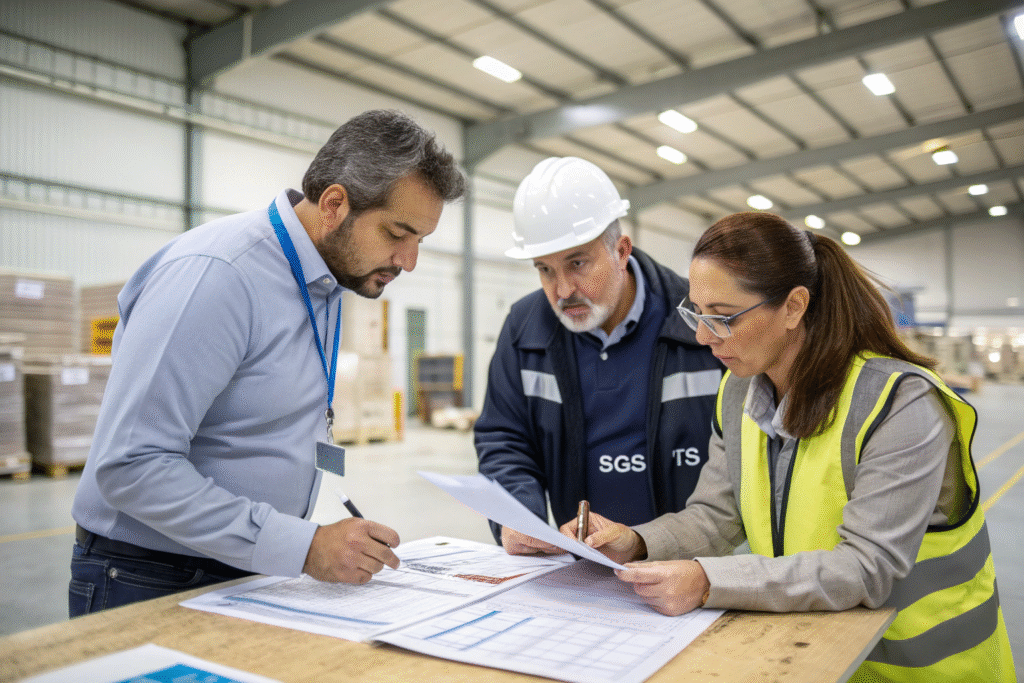
What quality certifications should I look for?
Look for test reports that cite international standards. The most relevant one for shrinkage is AATCC 135. The lab that performs the test should itself be accredited, such as being CNAS-accredited in China (which has international mutual recognition agreements). This ensures the testing was done correctly. While the sanforizing process itself is a patented method, the proof of its success is in these performance-based certifications. A supplier's commitment to having a CNAS-accredited lab in-house is a strong indicator of their focus on quality.
Can my inspection include a shrinkage test?
Absolutely, and for large orders, it should. Your pre-shipment inspection should include a simple verification test. This can be done by marking a one-meter square on the fabric, washing, and drying it according to care instructions, and then re-measuring. For a more rigorous check, you can send fabric samples to a third-party inspection company locally. This "trust but verify" approach, combining the supplier's documentation with your own checks, is the industry best practice for managing risk and ensuring you receive the premium, stable fabric you're paying for.
Conclusion
Choosing the right fabric is the foundation of a successful apparel line. As we've explored, sanforized cotton isn't just a technical term; it's a strategic decision for ensuring product quality and customer satisfaction. It provides the dimensional stability that prevents the unpleasant surprise of shrinkage, protecting your investment and your brand's reputation. While it comes with a minor cost increase, this is far outweighed by the risk mitigation it offers, especially for high-volume orders.
Understanding processes like sanforizing allows you to source from Asia with confidence. It empowers you to have informed conversations with your suppliers and specify exactly what you need. At Fumao Fabric, we believe in this kind of transparency and education. We don't just sell fabric; we partner with you to ensure your projects are built on a foundation of quality and reliability. Our integrated control, from our CNAS-lab to our final inspection, ensures that the sanforized cotton you order is the sanforized cotton you receive.
If you are looking for a reliable partner to produce your next clothing order with high-quality, stable fabrics like sanforized cotton, we are here to help. Our team can guide you from fabric selection to final delivery. For a direct conversation about your specific needs, please contact our Business Director, Elaine, at elaine@fumaoclothing.com. Let's create something great together.

